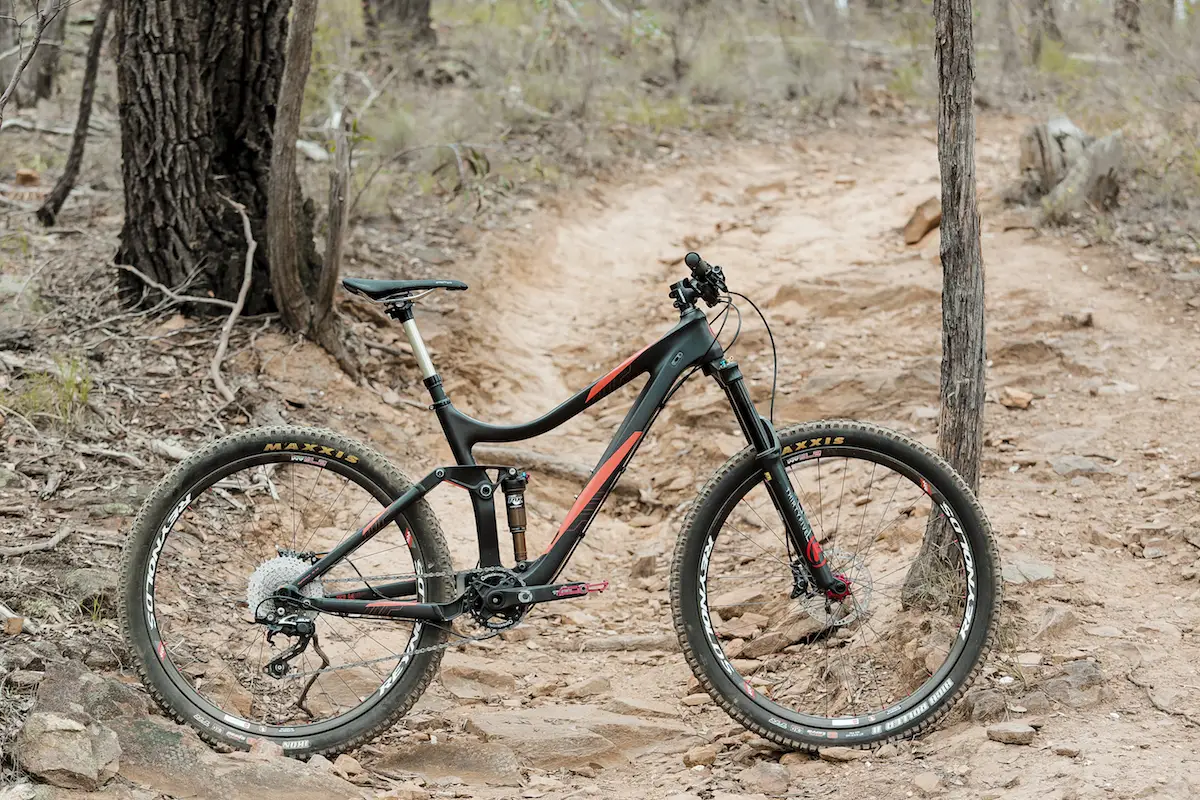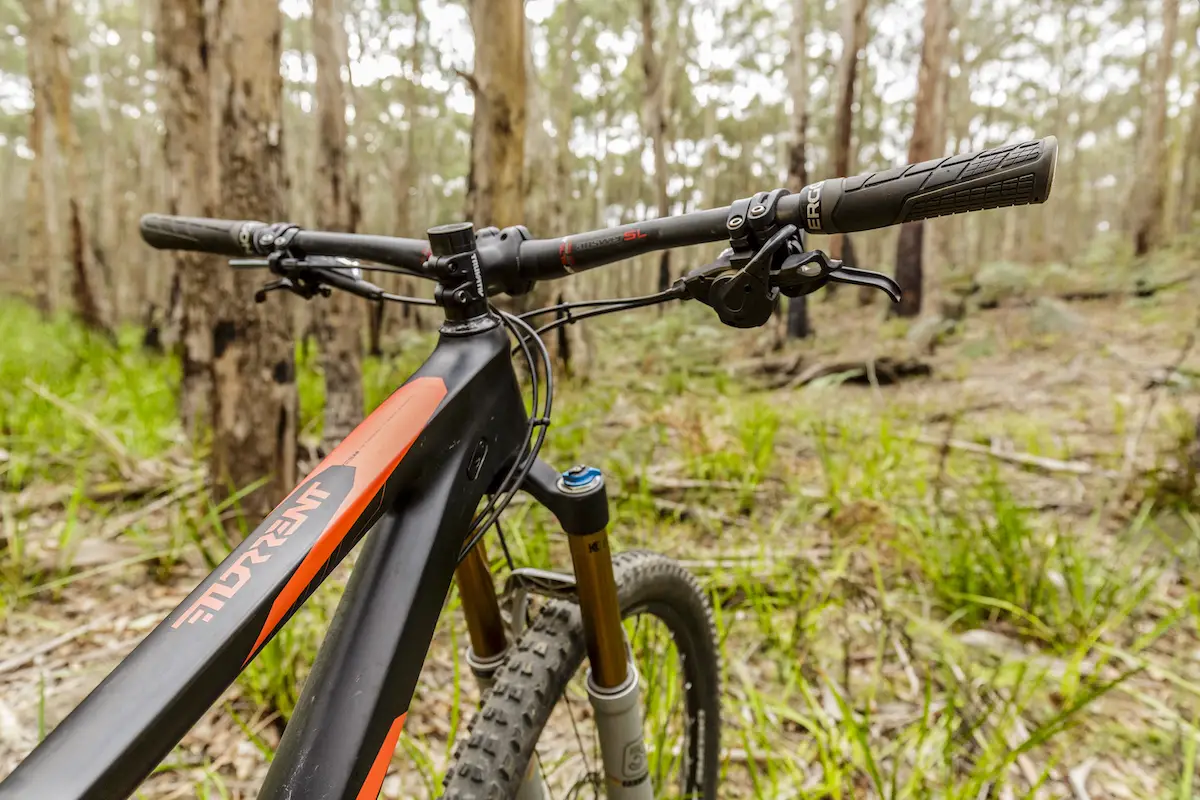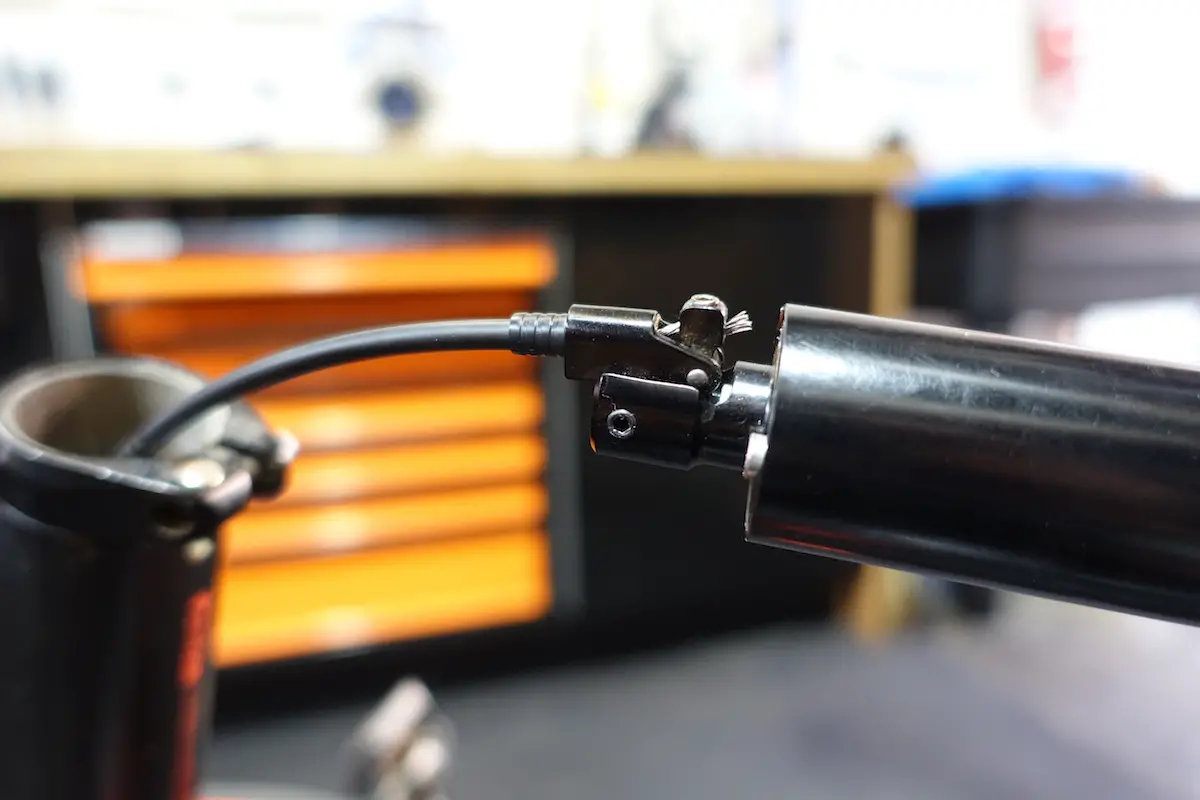Today’s dropper post market is starting to get a little crowded. What once began as a niche product from Gravity Dropper has since spawned into the must-have mod con of the mountain bike world. Each season, more options have been added to the pile, and we’re now flooded with more choice than ever.
Riders can get their hands on high-end droppers from the likes of Thomson and 9point8, as well as more established options from RockShox, KS and Fox. For 2016, we’re also starting to see a lot more OEM options from big bike companies such as Specialized, Giant and Trek. And as more options flood the market, our expectations are higher than ever before.

For a dropper post to be competitive in the current market, it firstly needs to be reliable. I’ve ridden with too many droppers that have given me grief on the trail, and it really sucks when you have to pedal for an hour with a sinking saddle. The post also needs to be secure. No lateral play, no vertical play, and the saddle rails need to be securely locked down. From here, factors such as ergonomics, ease of maintenance, weight and price come into the equation, and it’s here where the really good dropper posts separate themselves from the mediocre.

High & Low
The X-Fusion Hilo dropper post was first released in 2011. It’s been a popular OEM choice since its introduction, primarily due to its low cost. Two years later, X-Fusion refined the concept by adding the Hilo SL model to the range. Using a new twin-bolt saddle clamp and a lighter alloy construction, the SL upped the dollars but dropped some grams in the process.

Back in 2013, I tested the X-Fusion Hilo SL dropper post for a period of about six months. While I really dug the joystick handlebar remote, the post was quite slow under compression and rebound. It required significant force just to push the saddle down, and it would only ever get 90% of the 125mm of travel. It was definitely priced well against the competition, but it was too conspicuous on the trail for me to recommend.

X-Fusion must have been listening, because about a year later, they released the Hilo Strate (also known as the ‘SLS’). Aiming to address some of those previous issues, the Hilo Strate utilised a similar construction to the SL, but with redesigned internals for smoother actuation and the ability to get full travel. The more obvious change with the Hilo Strate was its Stealth cable routing, with the cable entry point located at the base of the post, rather than at the head.


The X-Fusion Hilo Strate is available in 30.9mm and 31.6mm diameters, and you can get in 125mm or 150mm travel options. Over the past eight months, I’ve been testing the 125mm travel version that came as stock equipment on an Avanti Torrent CS frameset.

Initial Impressions
Like the Hilo SL model, the Strate version features a full alloy construction, cable actuation, and a twin-bolt saddle clamp. Internally, a hydraulic cartridge controls saddle height, while an air spring set to 25psi pushes the saddle back upwards. To mitigate rotational play, a double keyway design is employed to keep everything tight.

If the BAT handlebar remote looks familiar, it’s because you’ll have seen it previously on the Crank Brothers Joplin, and on the Maverick Speedball prior to that. X-Fusion license the design off Paul Turner (designer of the Maverick Speedball), and it is a great remote. You can push the joystick in any direction to activate the cable, which is much appreciated when you’re clanging about on the entry into a steep descending rock garden.

The cable head is located within the end of the remote lever, and it runs internally to the base of the seatpost, where a tiny pinch bolt secures it in place. On that note, installation is fiddly. Due to the awkward approach angle for the cable, it is quite tricky to install the cable inner wire through the cable stop and into the pinch bolt. To help the process, the cable stop is removable from the base of the post via two small allen screws. From here, you can cut the end of the cable off, before reinstalling the mechanism back onto the base of the post.

X-Fusion’s claimed weight for the Hilo Strate dropper post is bang on. Our test post (including cabling and remote) weighed in at 534 grams.
On The Trail
On my Avanti Torrent CS test bike, I’m currently running a 1x setup. Without a front shifter, the X-Fusion BAT remote sits neatly underneath the left-hand brake lever, allowing my thumb to hit like it were a shifter paddle. Ergonomically, it’s brilliant.
I’ve also used the BAT remote on a 2x setup, where it needs to sit above the bars. Here it isn’t quite as intuitive to hit, but it’s still better than most other dropper post levers. The remote uses a relatively narrow mounting clamp, and that long-ish joystick can typically be setup within easy reach of your thumb. It’s worth mentioning that the BAT remote is ambidextrous, but I never run a dropper post lever on the right hand side anyway.

Compared to the Hilo SL I previously tested, the Strate model is much smoother in actuation, particularly on compression. That said, it isn’t as friction-free as the benchmark Fox D.O.S.S dropper post, and its return speed is definitely on the slow side. On that note, the return speed is non-adjustable, so those wanting a super fast rebound will be disappointed.
Likely due to the thin alloy outer tube, the Hilo Strate is more sensitive to seatclamp torque than some other droppers I’ve used. Part way through the test period, I remounted the seatpost with a little less clamping force, and the action of the post was remarkably smoother. So make sure you take care when locking the post in place.

Unlike its predecessor, accessing all 125mm of travel was not a problem aboard the Hilo Strate. However, I was frustrated by the fact that the post would extend whenever I lifted the bike by the saddle. It would be great to see an update to rectify this.
Durability Notes
While I largely had flawless performance from the Hilo Strate for the first few months of riding, I had a boo-boo during a weekend of alpine riding at Mt Buller in Victoria. Whether it was an installation error on my behalf, or just a particularly firm push of the lever, I had the inner cable slip through the pinchbolt, rendering the post fully locked in its compressed position.
I decided to replace both the cable inner and outer, which is never particularly fun with internal cable routing. Not impossible, just fiddly. That said, why can’t the cable head attach at the seatpost end, and leave the fiddly pinchbolt for the lever end?

The following ride after I replaced the cable, I began to experience an auto-dropping function that I hadn’t had before. The saddle was lowering on its own, and it appeared to be completely independent of the remote or cable tension. I took the bike back to the workshop, where I found that the actuation arm at the base of the post was sticking for some reason. This was possibly due to the angle of the cable at the entry point.
I spent some time faffing around with fitting a new cable, though this time I used a SRAM 1.1mm gear cable to gift me just a little more flexibility. Eventually I got it sorted, but just a few rides later, the Hilo started to develop a different type of vertical play at full extension – kind of like a suspension seatpost.

I spoke with the Aussie X-Fusion distributor, who recommended I send it in for a warranty assessment. The Hilo Strate isn’t particularly user serviceable, and requires specialist tools to access the hydraulic cartridge and air spring. That’s a big negative for those riders who like to work on their own gear.
The post received a full rebuild and an updated seal head, and was sent back to me. Since then, it’s had no troubles.

Overall
In my experience, the X-Fusion Hilo tested true to its name. It has plenty of high points, but I also had plenty of low points with it too. It isn’t particularly easy to setup, and the fiddly cable entry makes it prone to sticking. Cable replacement shouldn’t be this frustrating in 2016.
That said, the Hilo Strate is smooth in operation, and it has a great remote. It comes with a 2-year warranty, so should you experience any issues with the internals, they’ll likely be sorted out by X-Fusion.
Would I recommend it? When it’s working, it’s great. But when it isn’t, it’s frustrating. Personally, I’d like to see improvements to cable actuation and user serviceability before I could fully recommend the Hilo Strate, particularly when there are lots of good options out there already.





